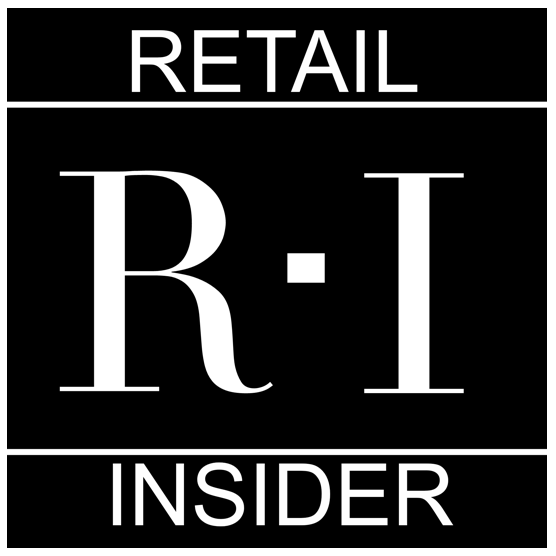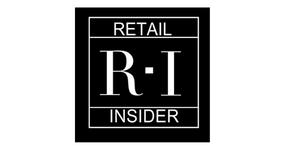Planogram software is a powerful tool for retail businesses that want to optimize their store layout and improve the customer experience. With so many options available, it can be challenging to choose the best planogram software for your business’s unique needs. This article delves into the key factors to consider when choosing a planogram software solution.

How to make a planogram?
The goal of a planogram is to optimize the use of space, increase sales, and improve the overall shopping experience for customers. Here are some steps to create a planogram:
- Analyze your store’s layout and traffic flow: Before creating a planogram, it’s important to understand the layout of your store and how customers move through it. Identify high-traffic areas and areas that are often overlooked by customers.
- Determine product placement: Based on your analysis, determine the best placement for each product. Consider factors such as product size, shape, and color, as well as complementary and substitute products that should be placed nearby.
- Group products: Group related products together to create a cohesive shopping experience for customers. For example, place all the coffee products in one section and all the tea products in another section.
- Create a visual representation: Use a planogram software or tool to create a visual representation of your planogram. This will help you visualize how the products will look on shelves and displays.
- Test and optimize: Once you have created your planogram, test it in your store and make adjustments as needed. Monitor sales data and customer feedback to optimize your planogram over time.
By following these steps, you can create a planogram that optimizes your store’s space and improves the shopping experience for your customers.
What to look for in planogram software?
The software takes into account factors such as customer flow, product placement, and shelf space, which can be difficult to do manually. With planogram software, retailers can drag and drop product images onto the store map and adjust the planogram to optimize product placement. This ensures consistency in merchandising, improves the customer experience, and increases sales and profits.
- Ease of Use: A solution that is user-friendly and intuitive will allow you to quickly create and modify planograms without a steep learning curve. Look for software that has a user-friendly interface, clear instructions, and helpful tutorials. Selecting software that is easy to use will shorten the learning period for your team and help avoid mistakes in the future.
- Customization: Every retail store is unique, and your planogram software should be customizable to reflect your specific needs. Look for software that allows you to customize shelf and fixture sizes, as well as the placement of individual products. Ideally, you should be able to create planograms that reflect your store’s layout and product assortment.
- Integration: Another essential factor to consider when choosing planogram software is integration. The point-of-sale (POS) system and inventory management software provide the most important information for creating planograms.
Without seamless integration, retailers may have to manually update their planograms, which can be time-consuming and prone to errors. In addition, retailers may miss out on valuable insights into sales trends and customer behavior if their planogram software is not integrated with their POS and inventory management systems. This can result in missed opportunities for sales and loss of revenue.
- Reporting and Analytics: To make informed decisions about your store layout and product placement, you need access to data and analytics. Look for planogram software that provides detailed reports on sales, inventory, and customer behavior. Without these features, businesses risk losing out on valuable insights that can help optimize sales and improve operational efficiency. By leveraging reporting and analytics, businesses can identify trends, track performance, and make data-driven decisions that result in increased sales and customer loyalty. Failure to implement these features may lead to missed opportunities, decreased sales, and reduced customer satisfaction. Therefore, it is crucial for businesses to choose planogram software that incorporates robust reporting and analytics capabilities.

5. Customer Support: Finally, when choosing planogram software, make sure to consider the level of customer support offered by the software vendor. When searching for vendors, select those who offer full support that covers phone and email assistance, along with online tutorials and documentation. This guarantees that you can receive aid when required and that the vendor is committed to your success.
6. Comprehensive solutions: It is better to look for comprehensive software solutions for seamless integration and robust reporting and analytics capabilities. Retail software solutions that can automate tasks such as inventory management and order fulfillment, streamline payments and customer service, and provide real-time visibility and analytics. Investing into an automated system that will span all areas of your business will be beneficial in the long term as your business grows and faces new challenges requiring more advanced software. For example, retail space planning software can utilize the same data as other software without additional work needed to coordinate the two systems. Having one vendor offer a variety of solutions can help you cut expenditure that would otherwise go into integration of multiple systems which will never be fully compatible.
Best Planogram Software solutions
Cloud planogram programs offer effective solutions for managing merchandising in stores. To avoid additional costs associated with integrating multiple systems or transitioning to different software in the future as businesses grow, it’s crucial to find a software solution that comprehensively addresses all the challenges faced.
LEAFIO AI Planogram Optimization Solution is the most comprehensive option among those currently available on the market. It provides both macro and micro space planning, planogram generation and optimization, and real-time communication between the head office and retail locations. Additionally, it offers a mobile app for store employees, comprehensive analytical reports, and performance-oriented technical support.
Another alternative for planogram automation is DotActiv, which enables store plan creation, analysis of fixture sales performance, and planogram automation based on various criteria.
For intelligent supply chain planning and optimization, Relex Solutions offers a software solution that assists retailers in improving their demand forecasting and inventory management. It specifically addresses the challenge of minimizing stockouts and overstocks. By utilizing these cloud planogram programs, businesses can enhance their merchandising efforts and streamline their operations effectively.
Conclusion
In conclusion, choosing the right planogram software is essential for optimizing your store layout and improving the customer experience. When selecting a solution, consider ease of use, customization, integration, reporting and analytics, and customer support. By selecting the right software for your business’s unique needs, you can maximize sales and improve the customer experience.


